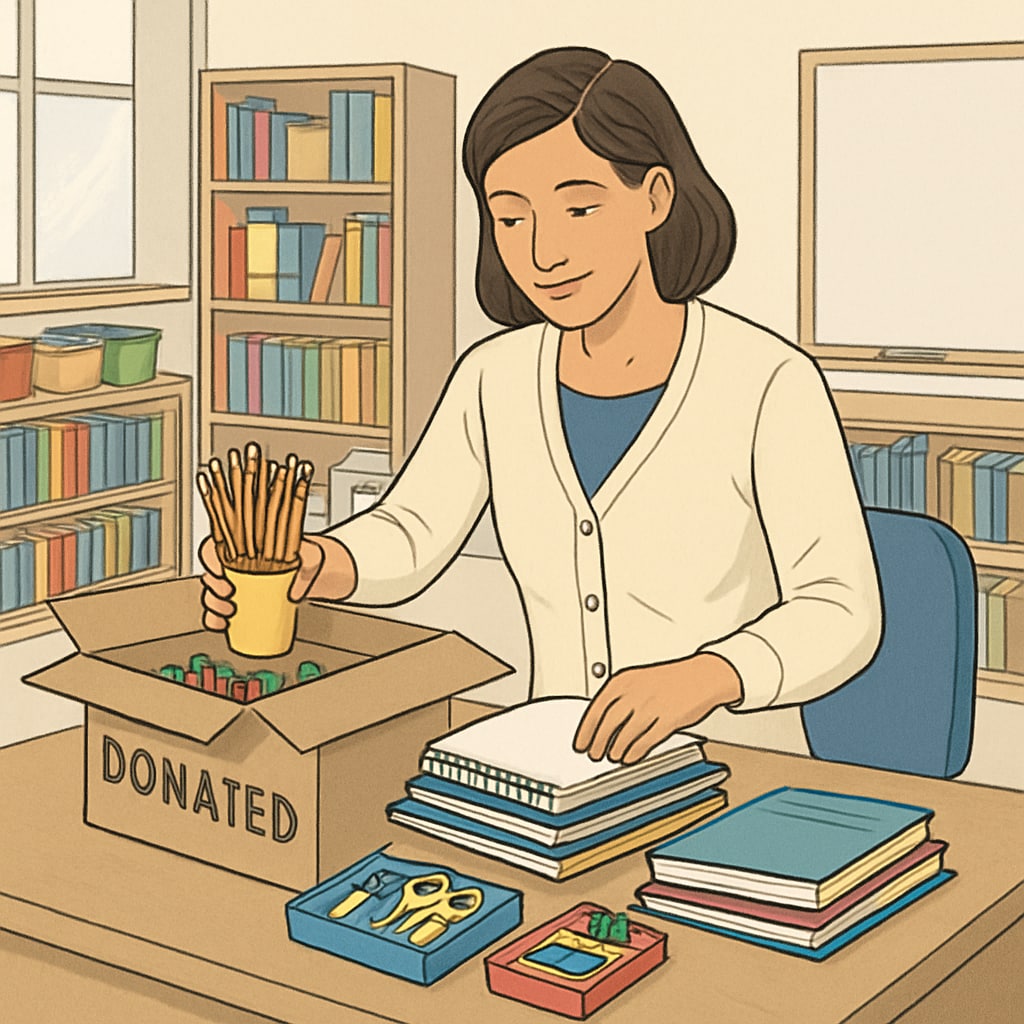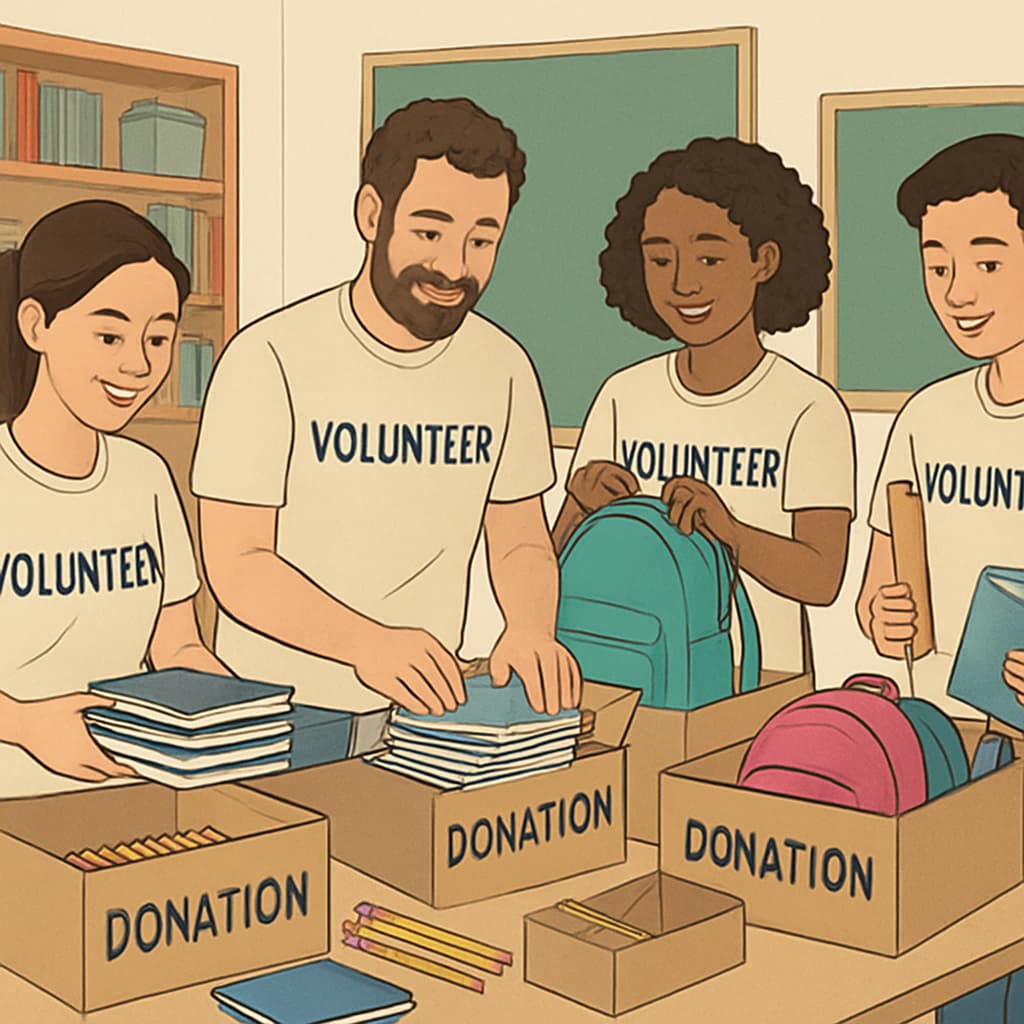In schools across the nation, the reality is sobering: many educators spend their own money to ensure their students have access to basic teaching supplies. This highlights a critical imbalance in the allocation of educational resources. Supporting teachers by addressing their classroom needs is not just an act of kindness but a necessary investment in the future. By providing teaching supplies or participating in classroom donation initiatives, anyone can play a role in creating a nurturing and resourceful educational environment for students.
The Reality of Teachers’ Out-of-Pocket Expenses
According to a National Education Association report, teachers in the U.S. spend hundreds of dollars annually from their own pockets to equip their classrooms. These expenses often cover items such as stationery, books, art supplies, and even personal hygiene items for students in need. Unfortunately, this reliance on teacher-funded resources is not an isolated issue but a systemic problem in many underfunded schools. As a result, both educators and students bear the brunt of these financial and resource limitations.

Why Supporting Teachers Matters
Supporting teachers ensures they can focus on what they do best: educating and inspiring the next generation. When classrooms are equipped with the necessary tools, students are more likely to engage in their studies and participate in creative activities. Moreover, adequate resources reduce stress for teachers, allowing them to dedicate their energy to lesson planning and individual student needs. In addition, providing classroom donations fosters a sense of community support, reminding teachers they are not alone in their mission.
For example, programs like DonorsChoose allow individuals to directly fund teacher-submitted projects, from purchasing science kits to funding field trips. Such initiatives demonstrate the profound difference collective action can make. By pooling small contributions, communities can meet significant classroom needs.
How You Can Help
You don’t need to be a policymaker or philanthropist to make a difference. Supporting teachers and classrooms can take various forms, from monetary donations to volunteering your time. Here are some practical ways to contribute:
- Donate Supplies: Reach out to local schools to ask what items they need most. Common requests include notebooks, pencils, markers, and art materials.
- Participate in Classroom Crowdfunding: Platforms like DonorsChoose and AdoptAClassroom make it easy to fund specific teacher projects.
- Organize Supply Drives: Collaborate with your community to collect and distribute essential items to schools in need.
- Advocate for Policy Changes: Support legislation or initiatives aimed at increasing funding for public schools.
Even small contributions, when combined with others, can have a transformative impact. For instance, a single box of crayons might seem insignificant, but for a classroom of students, it could mean new opportunities for creativity and self-expression.

Building a Better Future Together
Investing in teachers and their classrooms is an investment in the future of our communities. Education is the cornerstone of progress, and ensuring that every child has access to a well-equipped learning environment is a responsibility we all share. By supporting teachers’ efforts through classroom donations and providing teaching supplies, we can create a ripple effect that influences not just individual students but society as a whole.
Let us come together to fill classrooms with love, resources, and opportunities. After all, when we support the educators who shape young minds, we are building a brighter, more equitable future for everyone.
Readability guidance: This article uses concise paragraphs, clear subheadings, and lists to enhance readability. Active voice and transition words ensure a smooth flow of ideas. Images are placed strategically to complement the content.


